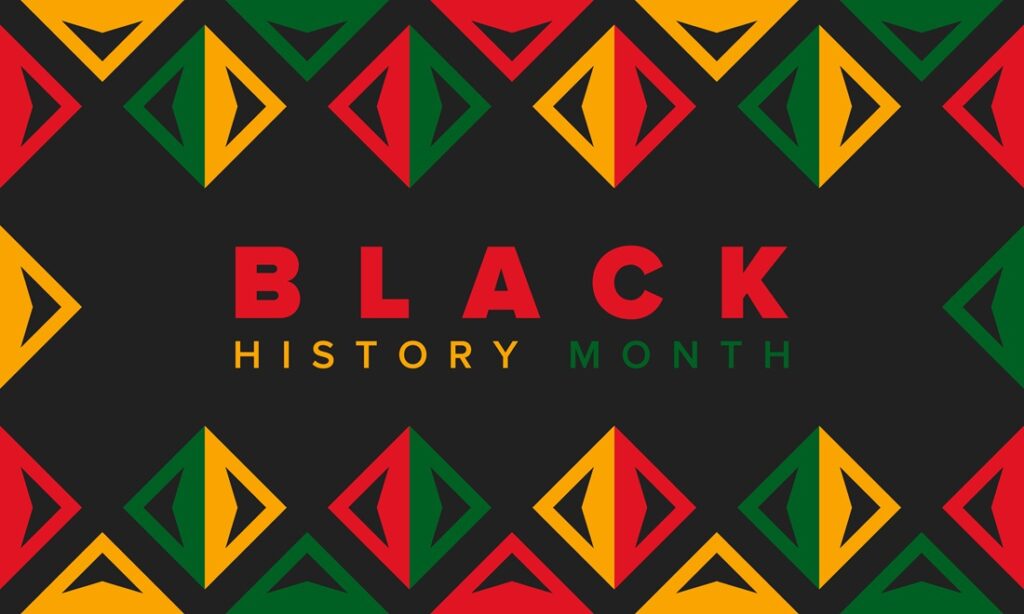Every February, communities across America come together to honor and celebrate Black History Month, a time dedicated to recognizing the remarkable achievements, contributions, and experiences of African Americans throughout history. This observance presents a unique opportunity for young children to begin understanding diversity, equality, and the rich tapestry of American history through age-appropriate activities and discussions. Creating engaging, meaningful experiences during Black History Month can help lay the foundation for a lifelong appreciation and understanding of diversity, empathy, and social justice.

Understanding the Origins and Significance of Black History Month
Black History Month began in 1915 when minister Jesse E. Moorland and historian Carter G. Woodson established the Association for the Study of Negro Life and History. Its vision culminated in the creation of Negro History Week in 1926, deliberately chosen to align with the birthdays of Abraham Lincoln and Frederick Douglass. This initiative gradually evolved into a month-long celebration, receiving official recognition from President Gerald Ford in 1976.
The transformation from a week-long observance to a month-long celebration reflects the growing recognition of African Americans’ integral role in shaping American history. This provided more opportunities to explore and celebrate the countless contributions of Black Americans across various fields, from science and literature to politics and the arts.
Why Black History Month Is Important for Young Children
Early exposure to Black history helps children develop a more comprehensive understanding of American history and cultivates appreciation for diversity from an early age. When young children learn about the achievements and struggles of African Americans, they begin to understand the importance of equality and justice in building a fair society.
Teaching Black history to children also helps combat prejudice and stereotypes before they take root. By introducing positive representations of Black historical figures and their accomplishments, we help children develop a more inclusive worldview and appreciate the value of different perspectives and experiences in our shared human story.
Educational Activities for Preschoolers (Ages 0-3)
For our youngest learners, introducing Black history involves sensory-rich experiences and simple concepts that relate to their daily lives. Through music, movement, and tactile activities, we can begin laying the groundwork for understanding diversity and appreciation for Black culture.
Incorporating African American nursery rhymes and songs into daily routines helps children connect with Black cultural traditions in an age-appropriate way. Simple activities such as finger painting while listening to jazz music or exploring African-inspired patterns through texture cards can make learning both fun and meaningful for toddlers.
Engaging Elementary Students With Black History (Ages 4-7)
Elementary-aged children are ready for more structured learning experiences that introduce key historical figures and concepts. Interactive storytelling sessions featuring books about Black heroes and heroines such as Harriet Tubman, Rosa Parks, and Martin Luther King Jr. can capture their imagination while conveying important historical lessons.
Role-playing activities based on significant moments in Black history help children develop empathy and understanding. Creating art projects inspired by prominent Black artists such as Jean-Michel Basquiat and Alma Thomas can help children connect with these historical figures in tangible ways while developing their creative skills.
Creative Learning for Older Kids (Ages 8-12)
Older children can engage with more complex historical concepts and begin to understand the broader context of Black history in America. Research projects about lesser-known Black inventors, scientists, and pioneers help students discover the wide-ranging contributions of African Americans to various fields. Creating timeline projects that connect historical events to present-day situations helps students understand the ongoing nature of the civil rights movement and social progress.
Writing activities that encourage students to reflect on historical events from different perspectives help develop critical-thinking skills. Students can create journals from the viewpoint of historical figures or write letters to current leaders about issues that matter to them. Group projects, debates, and discussions about race and equality provide opportunities for students to develop their thoughts and opinions while learning from one another.
Resources and Tips for Parents and Educators
As parents and educators, we play a crucial role in nurturing children’s awareness of diversity, inclusion, and social justice. Below are some resources and tips to help you create meaningful Black History Month experiences for young learners.
Guidelines on Discussing Race and Equality With Children
Starting a conversation about race and equality requires sensitivity, openness, and age-appropriate language. Create a safe space for questions and discussions, acknowledging that these conversations may be ongoing and evolving. Use concrete examples and real-life situations to help children understand abstract concepts, always emphasizing the importance of treating everyone with respect and dignity.
Curated List of Books, Movies, and Websites for Further Learning
A wealth of resources exists to support Black history education for young children. Here are essential materials for different age groups:
- Books for young readers: “Dream Big, Little One” by Vashti Harrison explores the stories of notable Black women throughout history while featuring engaging illustrations perfect for young minds.
- Interactive websites: PBS Kids‘ African American History page offers age-appropriate games and activities that make learning engaging and accessible.
- Educational documentaries: “Black America Since MLK: And Still I Rise” by Henry Louis Gates Jr. is a four-hour documentary that explores the last half-century of Black history in America.
Ideas To Keep the Conversation Going Beyond Black History Month
The celebration and learning about Black history shouldn’t be limited to February. Parents and educators can maintain ongoing engagement through:
- Family discussions: Schedule regular family discussions about current events and how they relate to historical events and lessons learned. Help children make connections between the past, present, and future.
- Community involvement: Participate in community events that celebrate Black history or support important causes related to social justice and equality.
- Inclusive learning environment: Ensure that representation and diversity are reflected in everyday learning materials, including books, games, and toys. Encourage children to share their backgrounds and cultures with the class.
Celebrate Black History Month With Crème de la Crème by Scheduling a Tour of Our Facilities
Join us in celebrating Black History Month and fostering a love for learning about diverse histories and cultures. Our educational programs incorporate these principles year round, helping children develop into knowledgeable, empathetic individuals.
Schedule a tour of Crème de la Crème to learn more about how we integrate cultural education into our curriculum and create an inclusive learning environment for all children. Through thoughtful engagement with Black history, we can help young children develop a strong foundation of cultural awareness, empathy, and understanding.
Photo of Boy Giving Food to His Mom by Brett Sayles is licensed with Pexels License.
